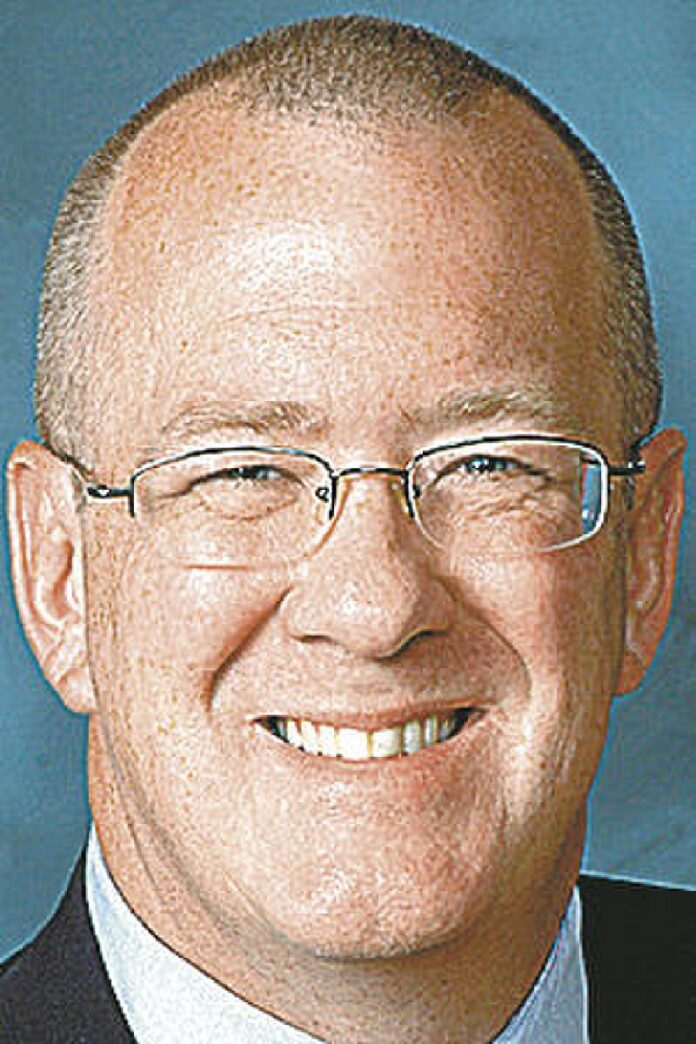For the past several decades, the only significant wage growth in the United States has accrued to college graduates. Indeed, since I entered high school in the late 1970s, the college wage premium doubled from 40% to 80%. By comparison the wage premium for college attendees who didn’t graduate, or held only an associate’s degree, also doubled, from 5% to 10%.
Over the same four decades, wages for workers who hadn’t attended college dropped by an average of 12.3%. But this isn’t just a matter of low-wage, low-skilled workers. Among the best-paid 10 percent of non-college workers, wages declined by 9.7% over the past 40 years. Of course, I adjust for inflation.
At first blush, this would seem to be a puzzle because the share of college-educated workers has grown steadily for a century. Yet, wages continue to rise for more educated workers, and they remain stagnant for less well-educated workers. The only plausible explanation is that firms seek better educated workers, and are paying an ever-increasing premium for their services.
It is a widely held belief that many college graduates are under-employed, working at jobs that really don’t require a college degree. If that were true, wages would be falling for college graduates. In fact, they continue to rise.
A very recent study by economists Peter Blair and David Deming examined tens of millions of "help wanted" advertisements from just before the Great Recession through 2019. They found the share of openings requiring a bachelor’s degree or higher ballooned from 23% to 37% over that time period. In the fastest-growing urban places, half of all job advertisements are for college grads.
This means that in the wake of the Great Recession there are more job openings for college grads than there are available graduates. The opposite is true for those without a college degree. That is why more than three out of every four new jobs created since 2007 went to college graduates. Our nation’s businesses have an excess demand for four-year college graduates, but there is an excess supply of everyone else.
This is not a new phenomenon, and should surprise no serious observer of labor markets over the past several decades. It is part of a trend that is well over a century-and-a-half old, which shows absolutely no signs of decline. If anything is true, it is that the skill demands for new jobs are rising faster than many educational systems can supply them. And by skill demands, I mean specifically those skills taught in four-year colleges and universities.
For all the anecdotal claims by leaders of two-year colleges and specialized workforce training, the actual labor market outcomes are clear. There is overwhelming evidence that we have far too few kids heading to four-year colleges, and far too many heading to workforce development and other job-focused training.
I repeat these themes often in my columns because it is such a critical problem in Indiana. For several years, Indiana has retreated from its focus on college preparation in schools. This was done with the belief that additional vocational focus would help kids who did not go to college. At the same time, funding for Indiana’s public universities declined, while per student funding for K-12 stagnated.
The group most damaged by this policy of diminished aspirations are the very workers the policies were designed to help. In a world with shrinking demand for workers without a college degree, Indiana actually focused on increasing the supply of them.
It is fair to say that in the race for improved human capital, Indiana wasted the longest economic expansion in U.S. history. The consequences are now before us. Despite steady growth of traditionally well-paying manufacturing jobs since 2009, wages in Indiana grew 40 percent slower than the nation as a whole.
Compared to other Americans, this has been a tough decade. Our relative wages are lower, the educational attainment of our workforce is worse, more of our workers are clustered in occupations at risk of automation or trade-related disruption, and fewer kids pursue four-year degrees.
Not all our economic problems can be traced directly to education and workforce policy, and Indiana has many strengths that should result in faster economic growth. Maybe the best way to think about our problems are simply that when it comes to economic growth, a strong educational environment matters more than everything else combined.
Michael J. Hicks, Ph.D., is the director of the Center for Business and Economic Research and the George and Frances Ball distinguished professor of economics in the Miller College of Business at Ball State University. His column appears in Indiana newspapers.





